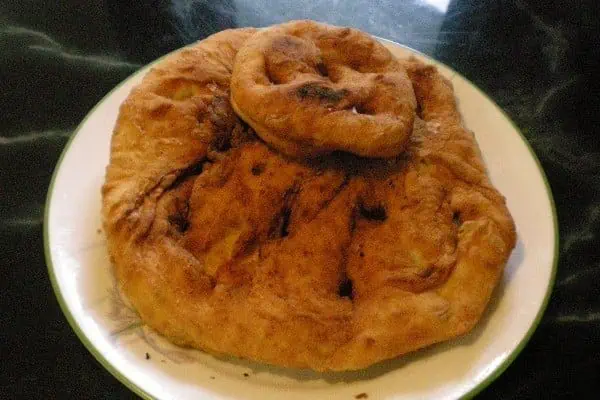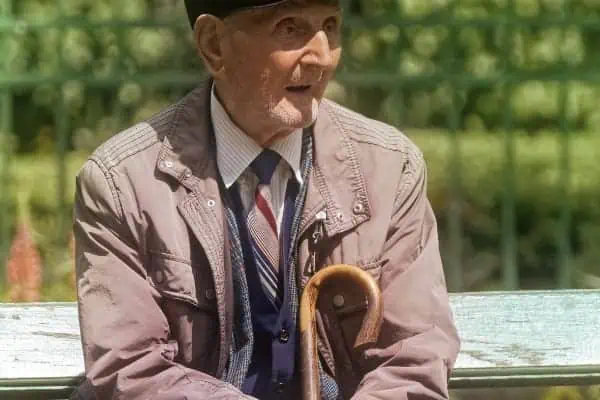Many new gun cartridges have come to the market in the last few years. A number of them are in the 30-calibre-and-under range, and would be excellent for a sheep rifle.
The old standbys, such as .270, .308 or .30-06 will never let you down if you do your part; they are also suitable for moose hunting if you are a one-rifle hunter.
The most important consideration is that you are confident with your rifle, and have practiced enough with it to shoot well over varying distances, and from some unorthodox positions, as required by the situation.
A lighter rifle is much more comfortable to carry, but a sling is essential in any case. Since weight is a huge consideration on a sheep hunt, a minimal amount of ammunition is suggested. An elastic ammo sleeve on the rifle butt-stock will keep the cartridges handy, and they won’t rattle as they would in your pocket.
A duct-tape wrap over the muzzle will keep the barrel clear of obstruction, but one cleaning rod in camp is a good idea.
Pack weight is critical, so your original lengthy list of “must-haves” should be pared down considerably because it all has to be carried to the original campsite at least. Our day-to-day menu contains a lot of water, which is very heavy. As a result, the menu for a backpacking trek in the mountains will contain food that is free of water and simply requires rehydration; freeze-dried meals work very well but I have found them expensive, and the servings are small.
Using a dehydrator, a person can dry a variety of fruits, vegetables, and even spaghetti sauce and soups. A large bag of frozen mixed vegetables will fit in a medium Ziploc bag after it’s been dehydrated. These dried fruits and veggies can be rehydrated in the cooking process while you are doing your rice, pasta, noodles, quinoa, couscous, dried soup, or various potato dishes.
Breakfast is as simple as instant oatmeal with dried fruit, berries, or coconut. Kitchens should be minimal with two small stacking aluminum pots with lids, one cup and spoon per person, and a small one-burner gas stove with adequate fuel. A Ziploc bag full of charcoal is a good backup heat source if the distance to camp isn’t too far.
When you have a sheep down, meat care becomes the top priority. With a little planning and scouting this can easily be taken care of. Even on a hot August day in the mountains there are lots of cool places where meat can be stashed and kept in perfect shape. It should first be put into cheesecloth bags to prevent access by flies and other insects.
In the high-country the sun does not get at a lot of nooks and crannies; they stay full of snow. These areas can be your temporary refrigerator where you bury the meat until you are ready to break camp and get back to civilization.




